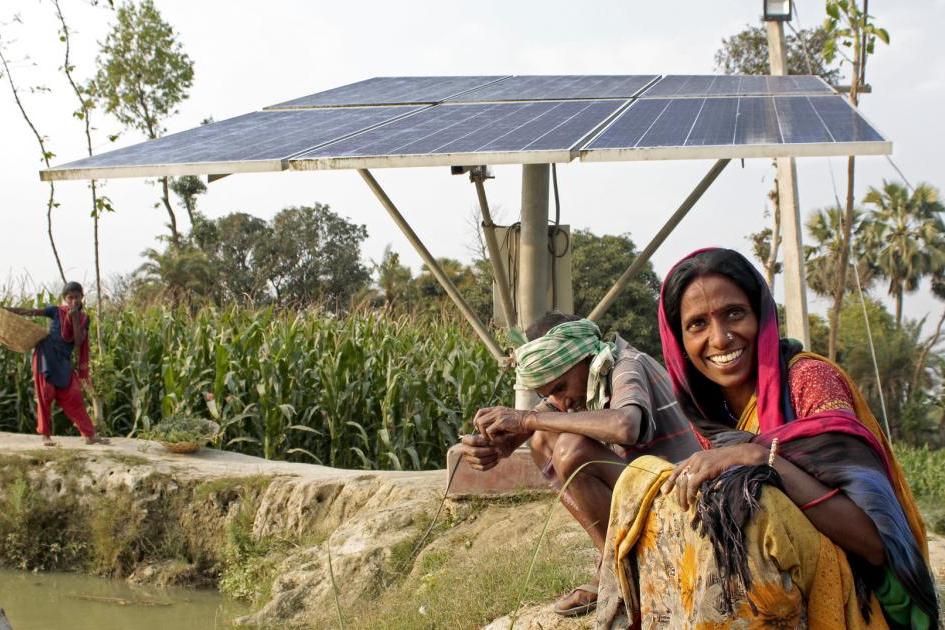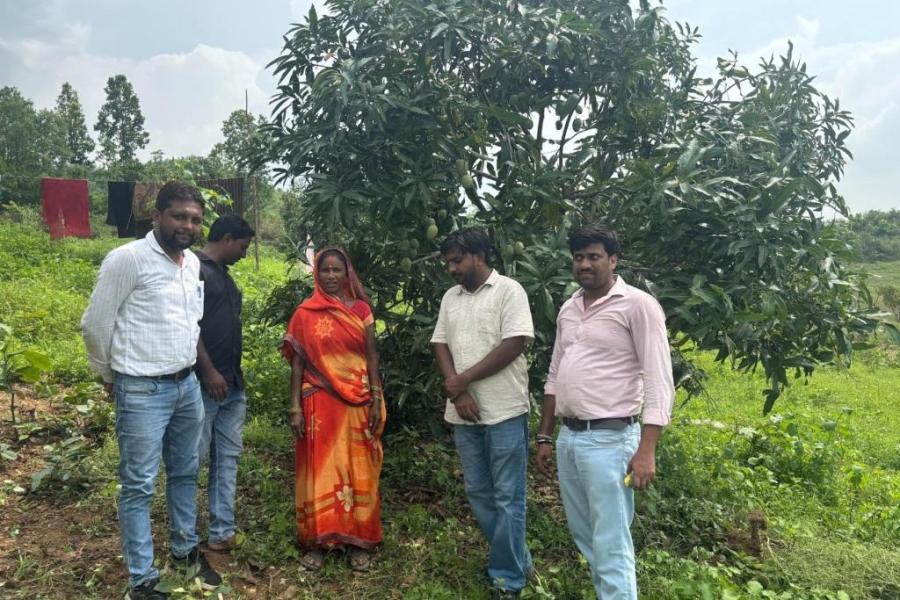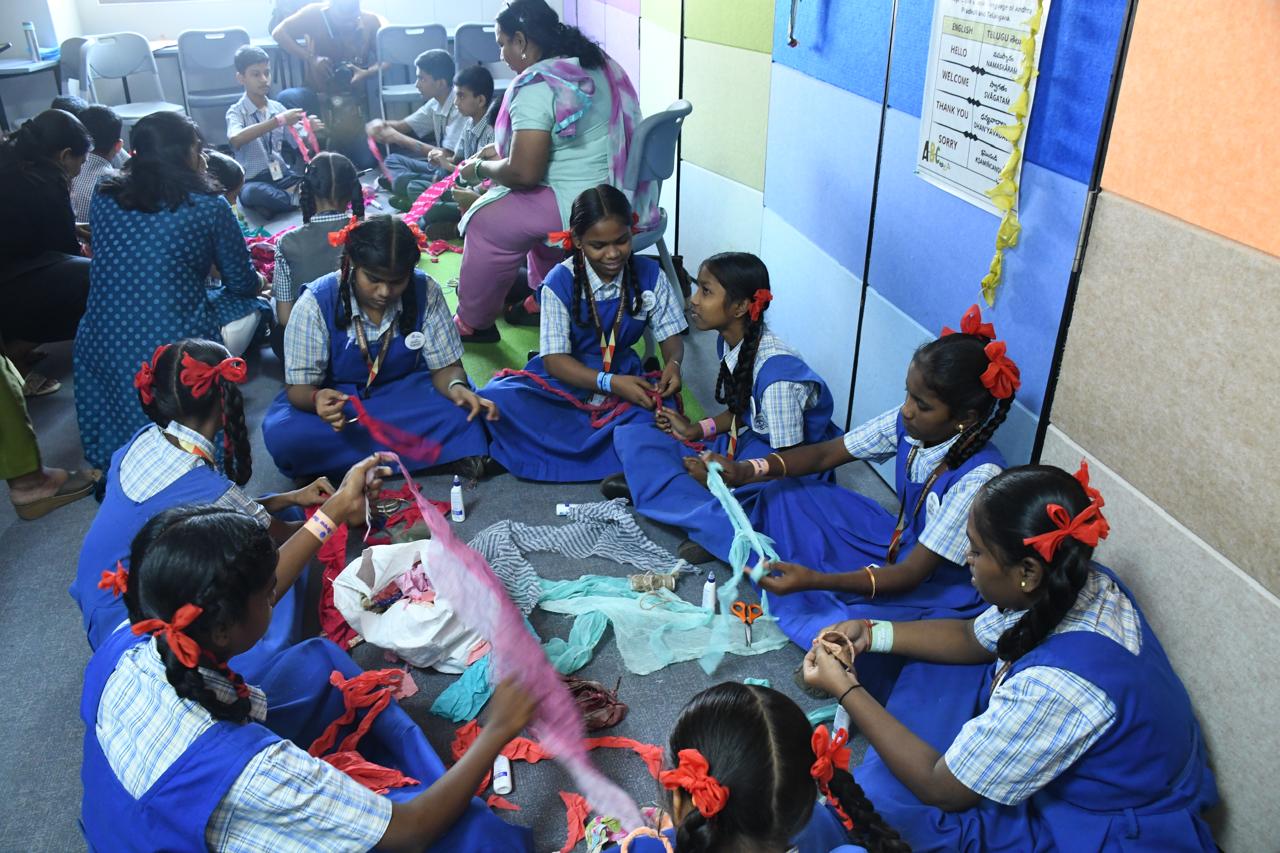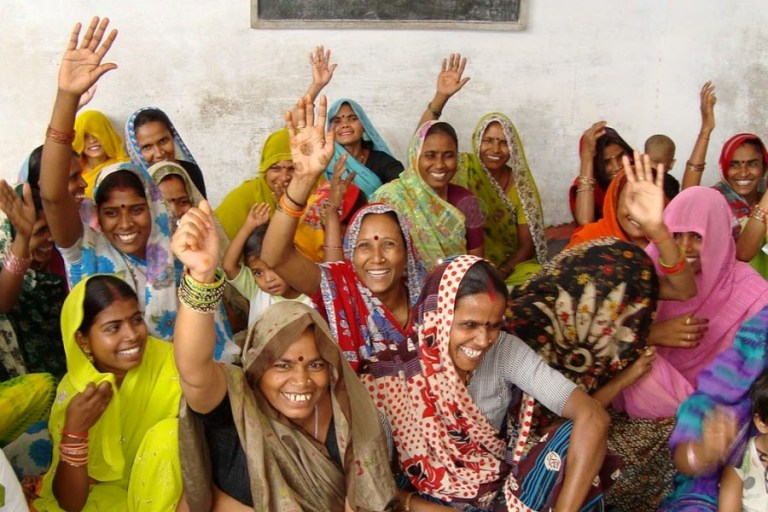
Climate change has ushered in extraordinary and unprecedented scenarios worldwide, reshaping our environment in alarming ways. The increasing frequency, duration, and intensity of rare and extreme weather events have become stark indicators of this transformation.
India, in particular, is grappling with the severe consequences of rising temperatures and escalating heatwave incidents. This year alone, temperatures have soared above 45°C to 49°C in several regions, causing severe heatwave situations across multiple states.
In this column, Nalini Shankar, Associate Director, Climate & Disaster, Palladium India, advocates the need for targeted action to reduce vulnerability and enhance resilience. She argues that effective heatwave management requires comprehensive preparedness, early warning systems, public awareness campaigns, and community engagement initiatives.
Scroll down to read her insights as she delves deeper into various aspects of this crisis in this opinion piece.
Column by Nalini Shankar, Associate Director, Climate & Disaster, Palladium India
Climate change has presented extraordinary and unprecedented scenarios before the world, reshaping it in alarming ways. Rare and extreme weather events are increasing in frequency, duration, and magnitude across the world. Some of its manifestations are prolonged periods of high temperatures and excessive heat waves coupled with increased surface temperature and unseasonal changes in rainfall pattern.
Abnormally hot summer months have far-reaching implications for physical and mental human health, social systems, food security, water accessibility resulting in loss of financial security due to climate stress related productivity decline. India is experiencing higher temperatures year after year, with rising incidents of heatwaves. National Disaster Management Authority (NDMA), New Delhi, Government of India, classified Heatwave as a disaster in 2015.Rising temperatures have led to more frequent and intense heat events, which pose severe health risks, especially for vulnerable populations like the elderly and those with pre-existing health conditions.The escalating threat of heat waves demands targeted action to reduce vulnerability and enhance resilience.
In India, a Heat Wave (HW) is declared if the maximum temperature in plains reaches at least 40°C, in hills 30°C, or if it is ≥ 45°C, with a departure from normal of 4.5°C to 6.4°C. A Severe Heat Wave (SHW) is declared if the maximum temperature is ≥ 47°C, or if it exceeds 45°C with a departure from normal >6.4°C.
The Vulnerability Atlas of Indiahighlights that 13% of districts and 15% of the population face moderate to very high vulnerability to heatwaves. Additionally, 4% of districts and 7% of the population are highly vulnerable. Among states, Rajasthan (with 15 districts) and Andhra Pradesh (with 13 districts) are the most susceptible to heatwaves.
During the summer months of March, April, and May this year, India experienced temperatures above 45°C degrees to 49°C, with several parts of the country experiencing severe heatwave situations. Worst affected states included parts of Rajasthan, Haryana, Punjab, Delhi, Odisha, Maharashtra, Chhattisgarh, Jharkhand, and Madhya Pradesh with Rajasthan experiencing a prolonged heatwave for 17 days in a row in May 2024. In 2024 alone in India, over 90 people have lost their lives due to heat wave, according to mainstream media reports.
Beyond numbers, extreme heat has the potential to exacerbate inequality, inequitable distribution of resources, and exacerbating poverty, putting vulnerable groups at higher risk.
The Maharashtra Story
Maharashtra faces severe impacts from heatwaves, with extreme temperatures from March to June annually. Fifteen out of 36 districts, including Nandurbar, Dhule, Jalgaon, and others, are classified as most vulnerable. To aid the state government in strategic planning, Palladium Group offers technical support for comprehensive disaster planning, management, and response. Their recent trend analysis over the past 72 years reveals an annual average increase of mean maximum temperature by 1°C, with a doubling of days exceeding 45°C. In the last decade, Maharashtra saw record high temperatures over 45°C for 65 days in 2015, 23 days in 2019, and 11 days in 2020. Instances of temperatures surpassing 40°C for more than two days rose from 223 days in 1951 to 451 days in 2022.Humidity significantly impacts heat stress. Using data from 2500+ Automatic Weather Stations (AWS) of Maharashtra's Agriculture Department and NOAA's Heat Index, Palladium assessed the combined impact of temperature and humidity from 2018-2022. They identified 55 tehsils from districts like Gadchiroli, Kolhapur, and others as extremely vulnerable to heat stress for the first time.
Actions for effective Heatwave Management
The Government of Maharashtra is taking concerted efforts to focus on mitigating the impact of extreme heat such as preparation of Heat Action Plan (HAP), Training and Capacity Building Workshops etc. With the first regional HAP developed in India for the Nagpur area in 2016, the Maharashtra government developed a state-wide HAP in 2017.
1. Heat Action Plan (HAP):
A Heat Action Plan is a targeted policy document that helps in understanding and providing effective response to heat wave events. HAPs are prepared by government agencies at various levels – Centre, state, and local bodies, to build resilience and help local communities to manage adverse heat related incidences. HAPs include vulnerable populations, such as the elderly and those with pre-existing health conditions and mapping high-risk areas. Key components involve previous history of the extreme heat events, risk atlas of the state, materials on public awareness campaigns on heat safety, and ensuring healthcare facilities are prepared for an influx of heat-related illnesses. By implementing these measures, HAPs aim to reduce the adverse effects of extreme heat, protecting public health and enhancing community resilience. Accordingly, the state has revised the Heatwave Action Plan for 2024.
2. Stakeholder workshop for heatwave preparedness and mitigation, Jalgaon, Feb 2024:
Palladium Consulting India Private Limited provided technical support to the Disaster Management Department of Maharashtra for impactful disaster preparedness and climate risk resilience programs. In February 2024, Palladium facilitated a 2-day regional workshop in Jalgaon, bringing together national experts to discuss heatwave preparedness and mitigation. As Knowledge Partners, Palladium conducted a comprehensive district-wise temperature assessment, enabling customized Heat Action Plans. The workshop involved 89 district officials, public health experts, academic and research institutions, think tanks, NGOs, and UN organizations. They shared technical sessions and training on managing heatwave impacts. Prior to the workshop, each district prepared disaster risk profiles and presented current interventions and future strategies. Following the workshop, several districts organized similar local workshops to disseminate learnings and best practices, enhancing their heatwave impact mitigation efforts.
Facilitating targeted interventions for heatwave management
Targeted interventions are essential, because heat waves disproportionately affect certain populations and areas. Identifying these vulnerable segments allows for more efficient resource allocation and tailored solutions.
The impact of heatwaves can be alleviated through effective preparedness and scalable mitigation measures. These include early warning systems, public awareness/ education campaigns, community engagement initiatives, infrastructure facilities such as localised cooling centres, helpline numbers, emergency centres, dedicated hospital beds, water and food management procedures, interagency coordination, timely evaluation practices for improvement, and heat action plans. The General Elections to the 18th Lok Sabha coincided with heat wave days this year, requiring more careful action from the administration for public safety at polling booths.
The Maharashtra Government has created detailed guidelines for heatwave management and mitigation directing 16 agencies to action, including the local bodies, the health department, education, labour, transport, forest, water supply, public works, energy, agriculture, and women and child development departments, and the local police. Additionally, notifying heatwaves as a disaster in Maharashtra will enable the state to access funds under the 15th Finance Commission through the State Disaster Response Mitigation Fund (SDRMF).
Some of these are enlisted below:
1. Early warning systems, and timely dissemination:
The IMD’s heat wave warnings were disseminated to all concerned districts via WhatsApp, email, and CAP-Sachet, with guidelines issued for heat wave measures. Active social media of the state health department and SDMA ensured communication and awareness. In Amravati, voters were advised to avoid extreme heat between 12 noon and 3 pm. Districts like Amravati, Washim, Gondia, Latur, Dharashiv, and Solapur provided minimum facilities per ECI guidelines and set up cold wards at PHC level.
2. Identification Vulnerable Groups:
Sweltering at 46°C, Akola’s district administration banned public gatherings between 12 noon and 4pm from May 25 to May 31. Special instructions were issued to safeguard the labour workforce working in fields, at construction sites, disallowing employers to have them work during peak afternoon hours. Similarly, instructions were issued for coaching classes to operate before 10 am and after 4 pm, and ensure well-ventilated rooms.
Way Forward
As climate change continues to present unprecedented challenges, its impacts are felt more acutely with each passing year. The state of Maharashtra, along with other parts of India, is already experiencing the severe consequences of rising temperatures and frequent heatwaves. Recognizing the urgency, the state government is actively implementing comprehensive measures to combat these effects. By developing Heat Action Plans, conducting stakeholder workshops, and facilitating targeted interventions, Maharashtra is working diligently to enhance resilience and reduce vulnerability.
These efforts underscore the importance of collective action in addressing the climate crisis and protecting communities from its most devastating impacts. The time to act is now, as we stand at a crucial juncture where every step towards sustainability and resilience can make a significant difference.


















.jpg)




